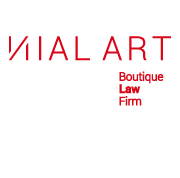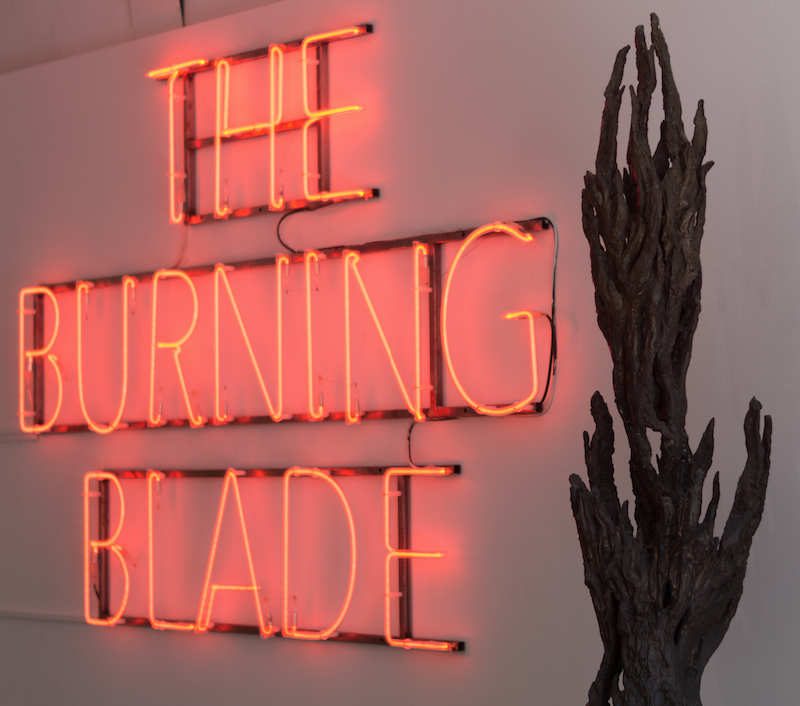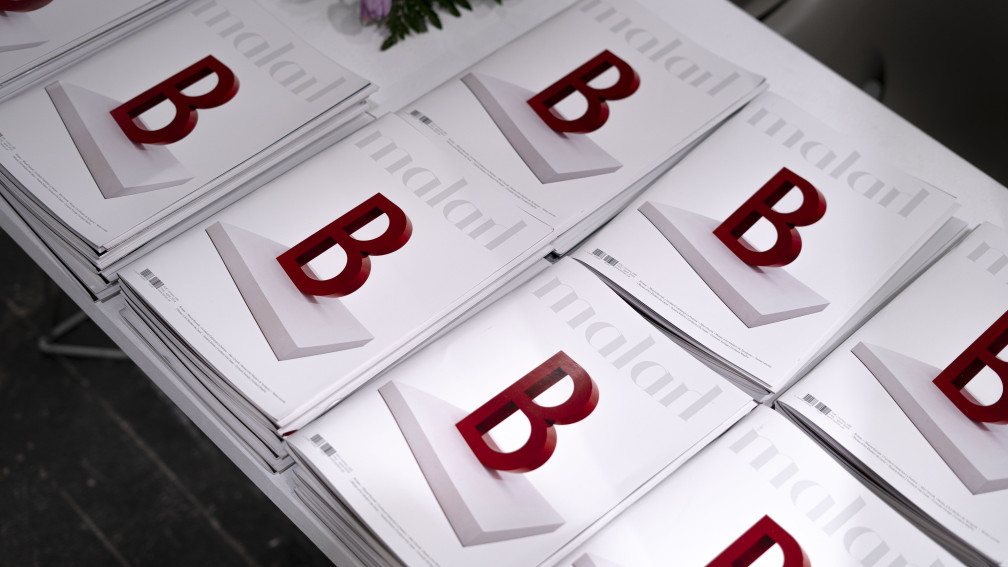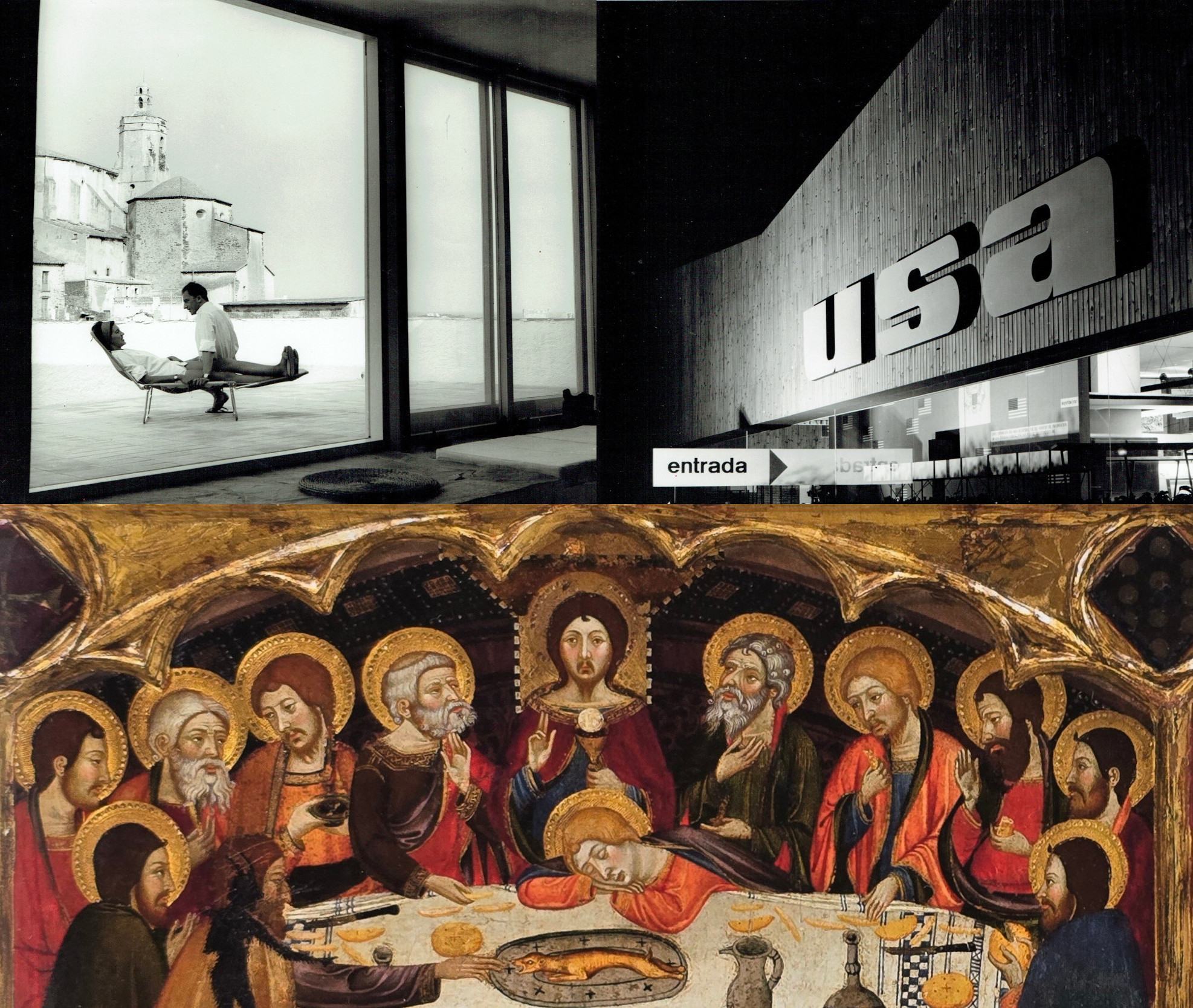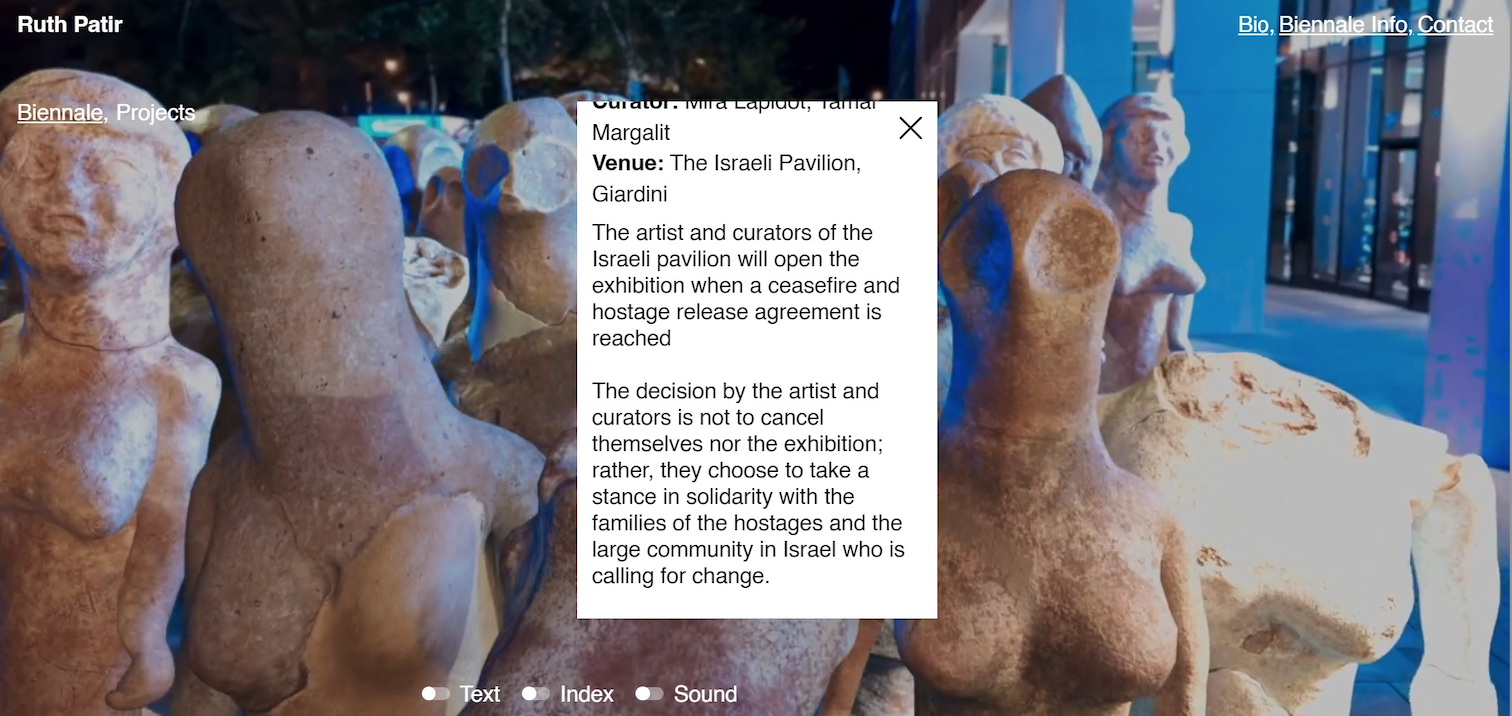Exhibitions
'Under a dim light' by Xavier Ribas
About the exhibition 'Under a dim light' at ProjectesSD that took place from January 19 to March 30, 2024
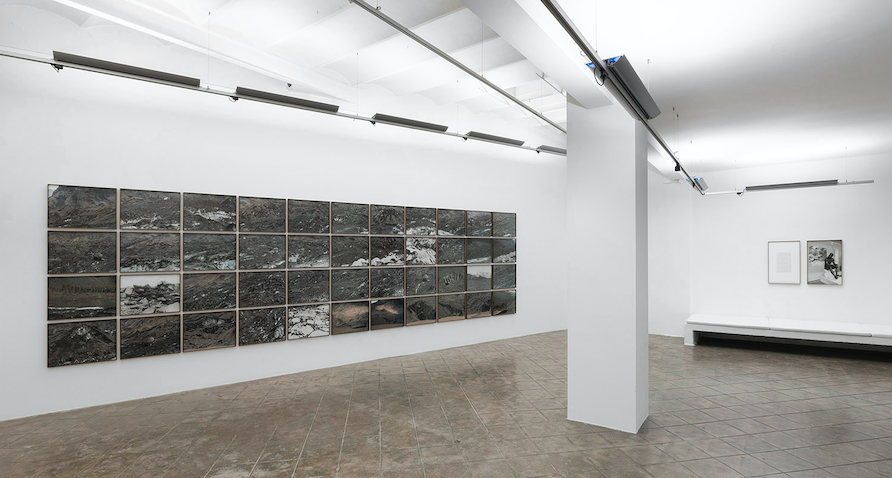
Xavier Ribas (Barcelona, 1960) is a photographer with very few photographs. He is the kind of author who only photographs if there is research, in-depth research and empirical contact work with the places beforehand. Despite having little work, he is the most influential among the younger generations. An exhibition of his is quite an event. That's why Sota una lumine, in the ProjecteSD Gallery, is worth it. It presents two blocks of pieces, Esdevenir (2020) and Gel mort [Like the air trapped in his lungs] (2024). The first is an extraordinary visual paraphrase of Peter Weiss's novel The Aesthetics of Resistance (1975-1979). And I feel like I'm a little bit to blame for that. I've given away the tin so many times with this book block that more than one person has bought it. And what's more, he finished reading it. On the other hand, Peter Weiss's book is one of those texts that no one dares to think is literature. Reading it is an act of faith. The photos by Xavier Ribas evoke the first fifty pages.
All that can be seen are plaster replicas in the rooms of the Museum of Classical Archeology at the University of Cambridge, which Ribas has, as he says, in the corner of his house. Very different from what happens in the other piece, Dead Ice, an installation of forty photographs taken on the Juncal Norte glacier, in Chile, just a year ago. This new work continues the research that began ten years ago with Nitrate, a project focused on criticizing the extractivism that Chile has suffered since the 19th century. A fact that would make that country the most voracious capitalism laboratory.
The large compositions of views that mixed mining operations and petroglyphs opened the door to a photograph that surpassed the classical time of photography. With the piece he has in the Mercader passage, Ribas moves to the glaciers closest to Santiago, the country's capital. Now, however, the result is terrifying. A washed and crushed earth, mixed with dead ice. Potential water waiting to be exploited, very soon. So, photographically speaking, the camera no longer documents the past but the future. The image becomes the device that announces an impending exploitation. The slab of the mortgaged future. Stand in front of the piece, see what you think




